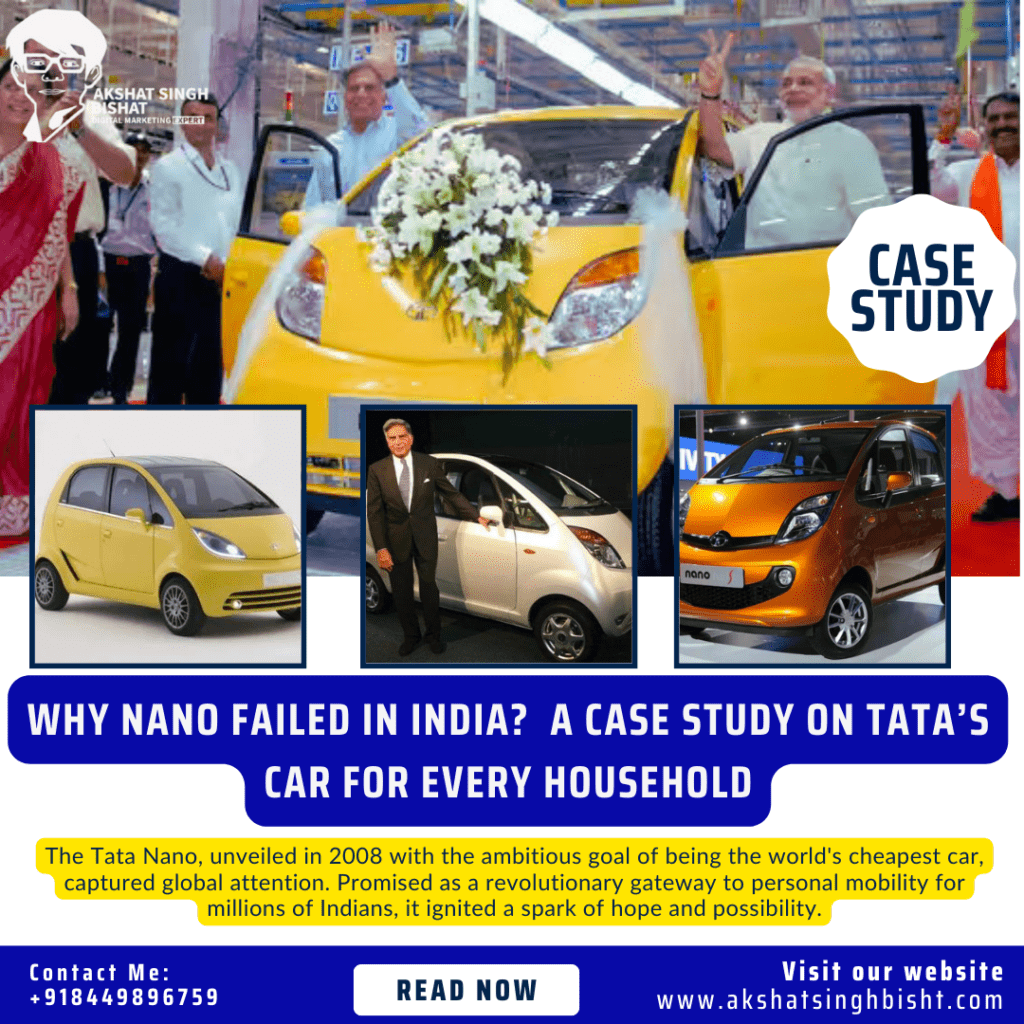Why NANO Failed In India | Dream Of Tata’s

The Tata Nano, unveiled in 2008 with the ambitious goal of being the world’s cheapest car, captured global attention. Promised as a revolutionary gateway to personal mobility for millions of Indians, it ignited a spark of hope and possibility.





